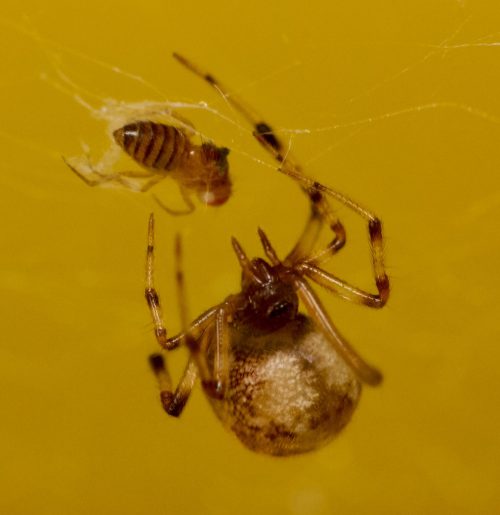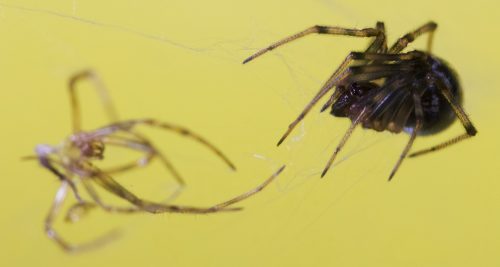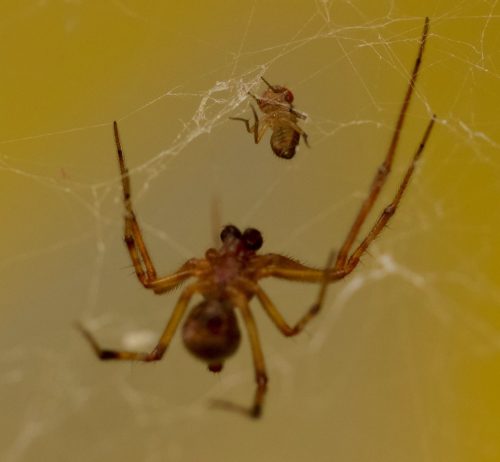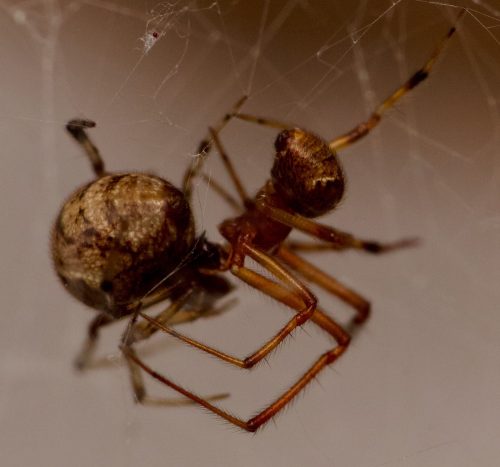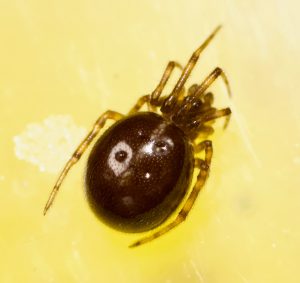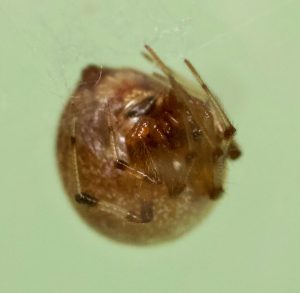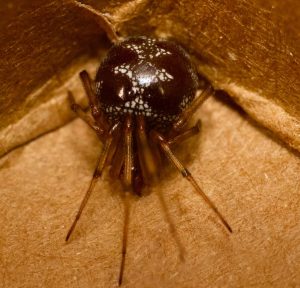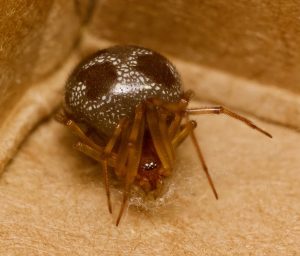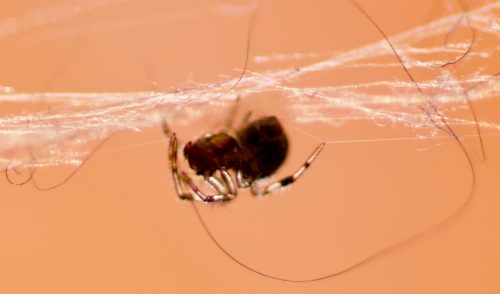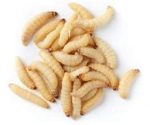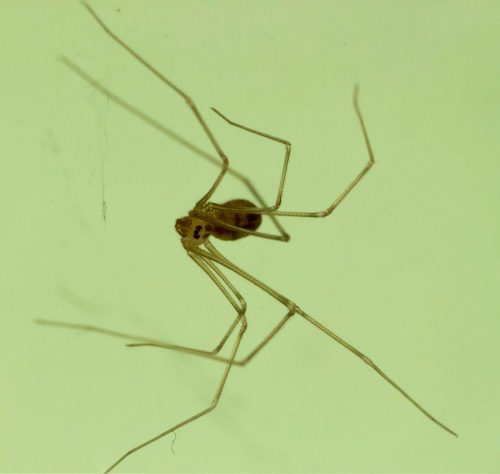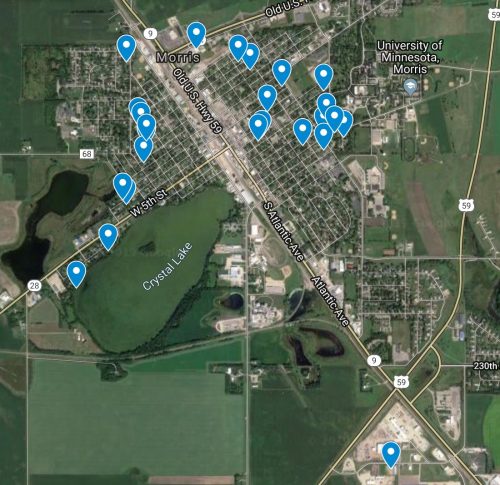I was not going to go into the university today. It is miserable outside — bitter cold, stiff winds, piles of drifting snow — and I had resolved to stay warm indoors and focus on getting prepped for spring term classes. And I did! I was about to post the first homework assignment for my class, and I was double-checking all the details, when I noticed that the list of textbook problems was from the 10th edition of Concepts of Genetics, while the syllabus specifies the 11th edition. Oh no, crap. If there’s one thing I know, it’s that this publisher loves to fuck around with problem numbers. They may not have changed a thing in the content between editions, but they will still juggle around the order of the problems and call it a new “edition”.
I did not have a copy of the textbook at home. Therefore, I had to put my pants on — and boots and scarf and hat and gloves and heavy coat — and wade out into the wilderness to my office. Yikes, but it was cold. There were knee-high drifts of snow on the sidewalks at the university, which has not been cleared at all since we’re still officially on break. I nearly lost my hat to the wind twice. I stumbled in one drift and twisted my ankle…I think it’s OK, but it was also numbed by the cold, and I’ve been discovering that all I have to do is roll over in bed nowadays and something will ache, so I’ll probably be feeling that tomorrow. But I got my copy of the textbook! I staggered home, sat down, and started to pull out the changes when…sudden terrifying thought, what is the latest publishers edition?
It’s 12. Not 11, not 10, 12. I don’t have a copy of that. Goddammit.
Oh well, I’ll do the extra work I’ve often had to do: I post the problem numbers of the edition I’ve got, with the beginning phrase of the problem, and tell the students to figure it out. You know what we’re doing this first week? A review of basic probability and statistics, and an overview of simple Mendelian genetics, stuff that hasn’t changed in 50 to a hundred years, but we’re going to gouge $174.25 out of the students to get the latest arrangement of textbook problems.
(I do tell the students they should feel free to order older, much cheaper editions because of this absurdity.)
On the bright side of things, I had a chance to duck into the lab and check on Mrs Yara and Mr Chad. No eggs yet, but I’ll put some photos below the fold.



